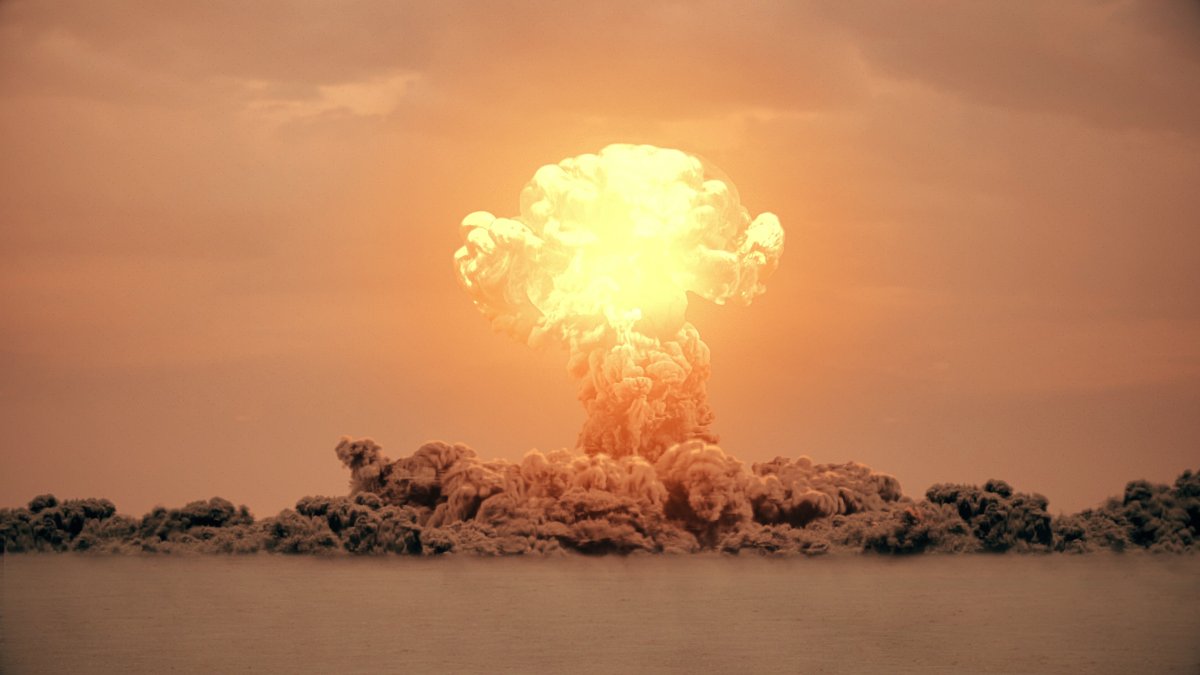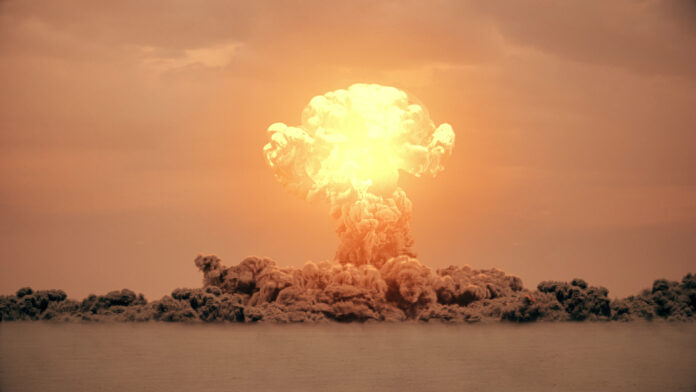A nuclear bomb being developed by the Biden administration could wreak havoc in Moscow, according to a simulation analyzed by Newsweek.
The creation of a new U.S. bomb, a variation of the B61 gravity bomb developed in the 1960s during the Cold War, was announced by the Department of Defense (DoD) last week. A news release by the Pentagon said that the B61-13 is intended to “strengthen deterrence of adversaries and assurance of allies” by providing President Joe Biden “with additional options against certain harder and large-area military targets.”
While the Pentagon has not yet revealed exactly how powerful the bomb will be, officials said it would be capable of an explosive yield similar to an older model, the B61-7. That nuclear bomb had a maximum yield equivalent to 360 kilotons of TNT, roughly 24 times the explosive power of the 15-kiloton bomb that the U.S. dropped on Hiroshima, Japan, during World War II.
MAP DATA © OPENSTREETMAP CONTRIBUTORS, CC-BY-SA, IMAGERY © MAPBOX./NUKEMAP/ALEX WELLERSTEIN
A visual representation was created using Nukemap, an online tool created by historian of science and nuclear technology Alex Wellerstein. It shows that a B61-13 bomb exploding over Moscow at an estimated maximum yield of 360 kilotons of TNT would cause significant devastation and kill more than 300,000 people.
Anything within roughly a half-mile radius from the bomb’s detonation site would be vaporized by a fireball, while heavy damage would demolish buildings and likely kill everyone else within a mile.
Anyone within about 2 miles from the detonation site would suffer levels of radiation exposure so high that they would be dead within a month, while 15 percent of survivors would die of cancer later in life.
Some 2 miles out from the point of the bomb’s explosion, buildings would collapse, chances of a fire starting would be high, fatalities would be widespread and injuries “universal,” according to Nukemap. Several people would suffer life-altering burns. Additional radiation-related deaths would likely occur in the larger region.
The simulation shows that fatalities in Moscow would be estimated around 311,480, while the number of those injured would be as high as 868,860. The Russian capital’s population is estimated at over 12.6 million.
If launched on St. Petersburg, the B61-13 bomb could be even more devastating, killing an estimated 360,150 and injuring another 685,930, according to the simulation created by Nukemap.

MAP DATA © OPENSTREETMAP CONTRIBUTORS, CC-BY-SA, IMAGERY © MAPBOX./NUKEMAP/ALEX WELLERSTEIN
The U.S. has not threatened to launch a nuclear bomb over Russia. Instead, Assistant Secretary of Defense for Space Policy John Plumb said in a statement that the development of the new bomb “is reflective of a changing security environment and growing threats from potential adversaries.”
In the release, Plumb added: “The United States has a responsibility to continue to assess and field the capabilities we need to credibly deter and, if necessary, respond to strategic attacks, and assure our allies.”

Getty Images
On Thursday, Russia’s President Vladimir Putin signed into law his country’s withdrawal from the global treaty banning nuclear weapon tests, the Comprehensive Nuclear Test Ban Treaty (CTBT). The U.S. has condemned this latest step from the Kremlin, though it was widely expected.
“Russia’s action will only serve to set back confidence in the international arms control regime,” U.S. Secretary of State Antony Blinken said in a statement.
Uncommon Knowledge
Newsweek is committed to challenging conventional wisdom and finding connections in the search for common ground.
Newsweek is committed to challenging conventional wisdom and finding connections in the search for common ground.


